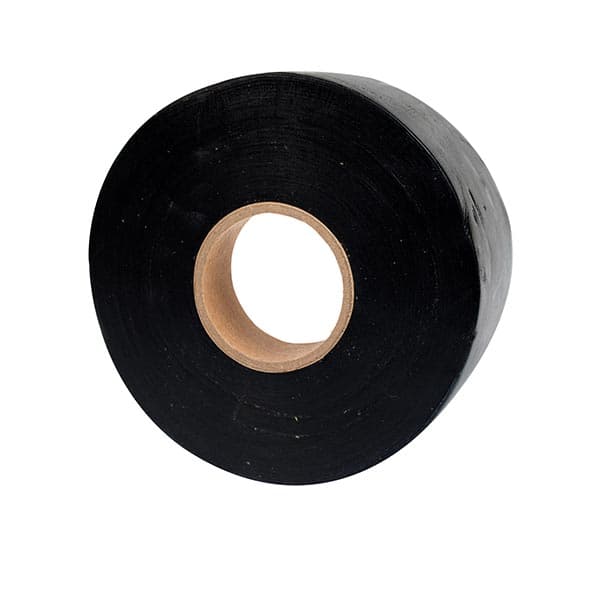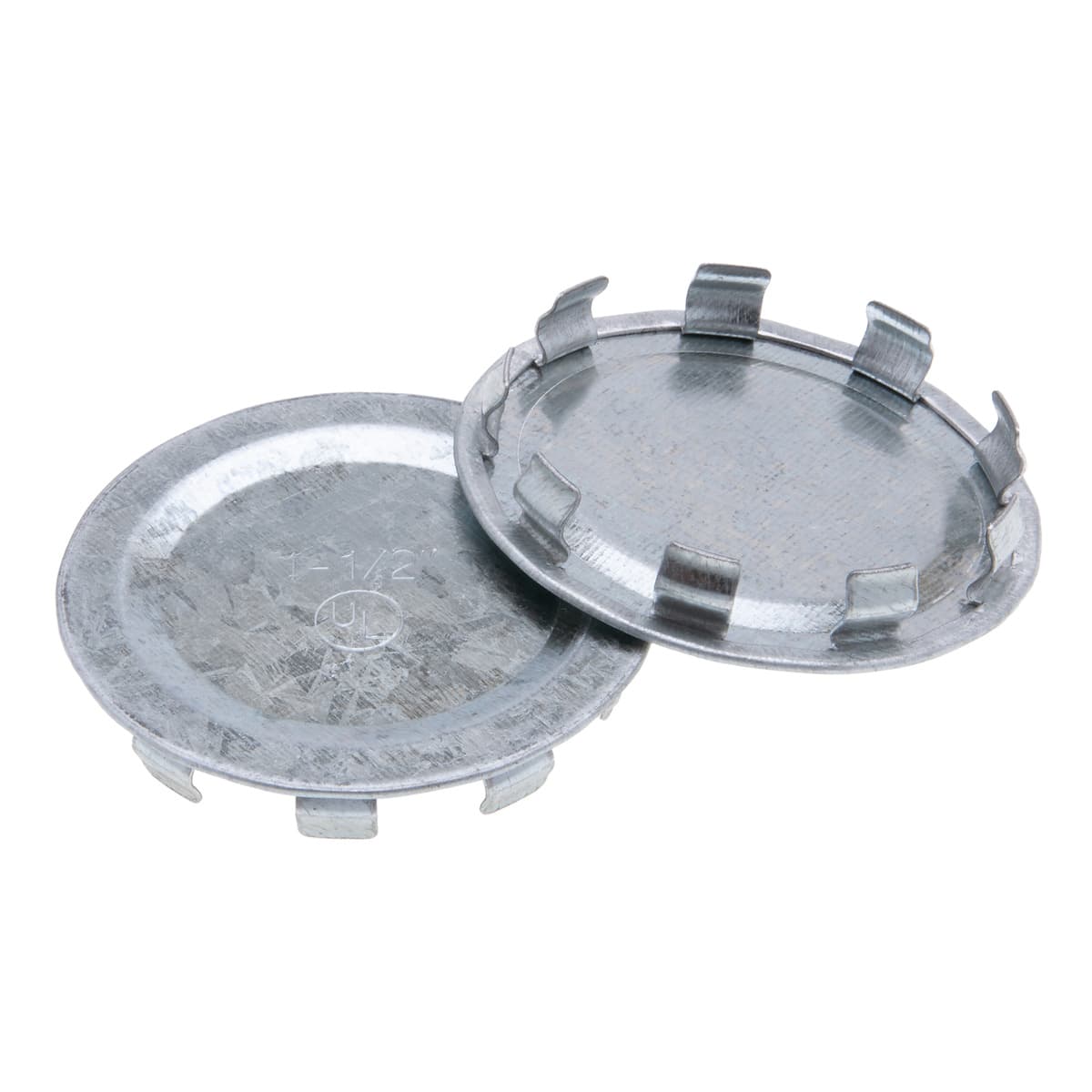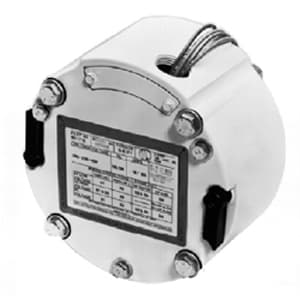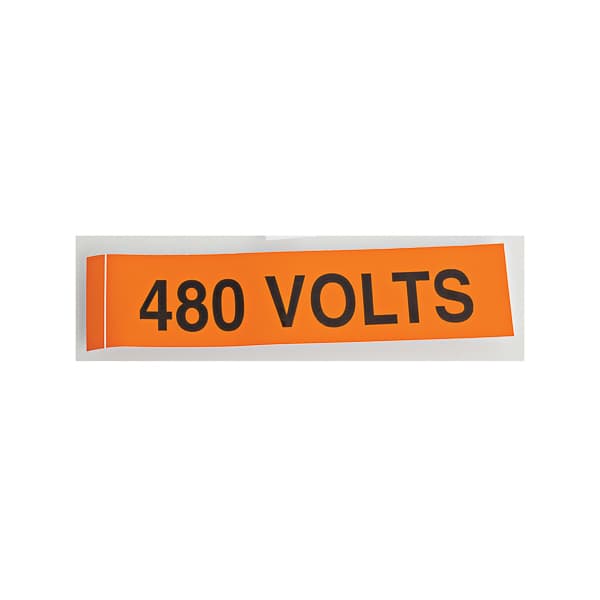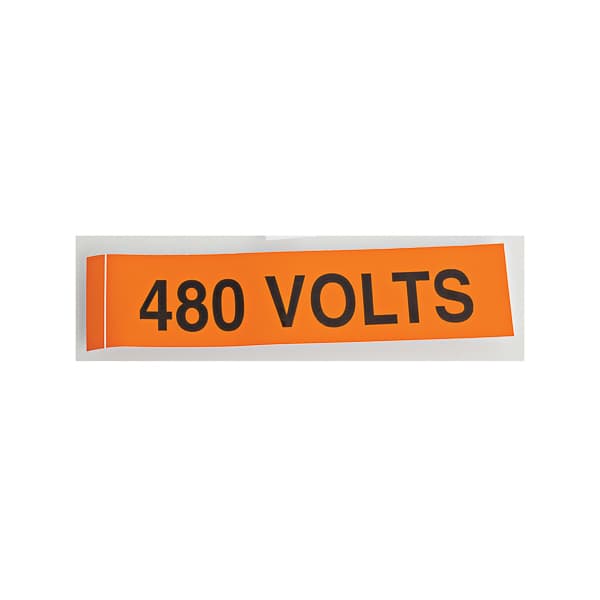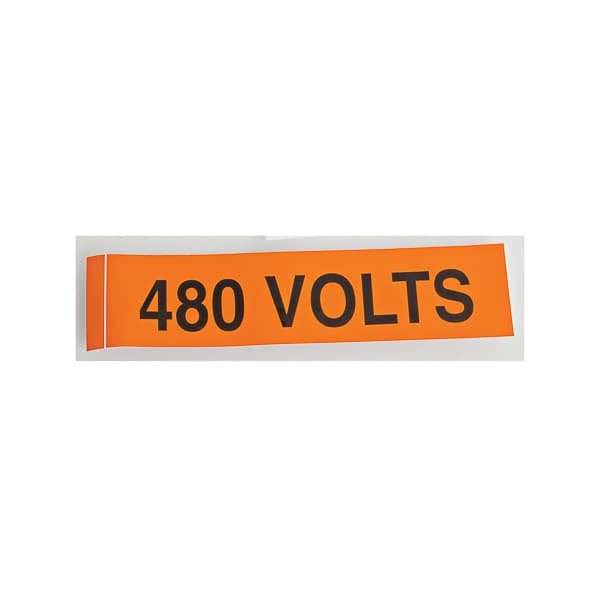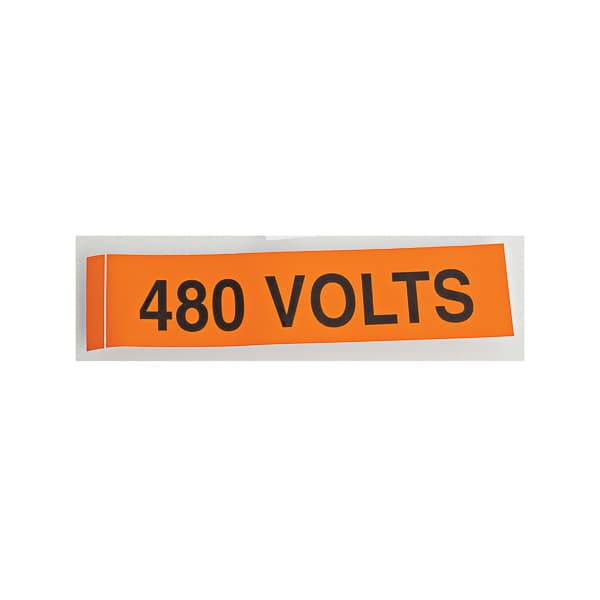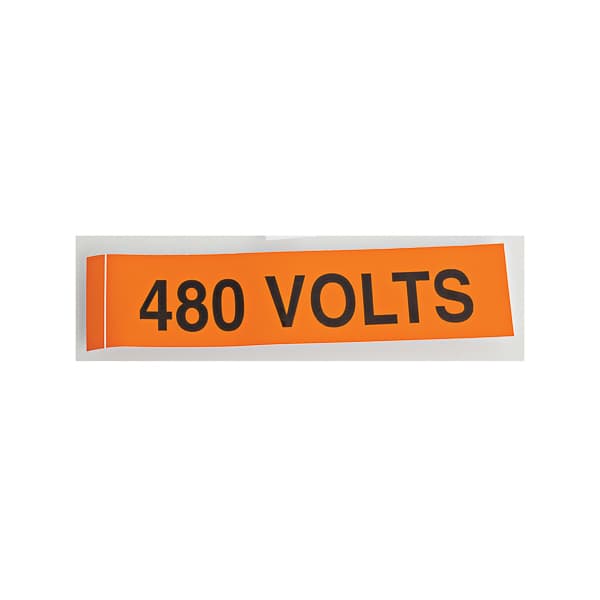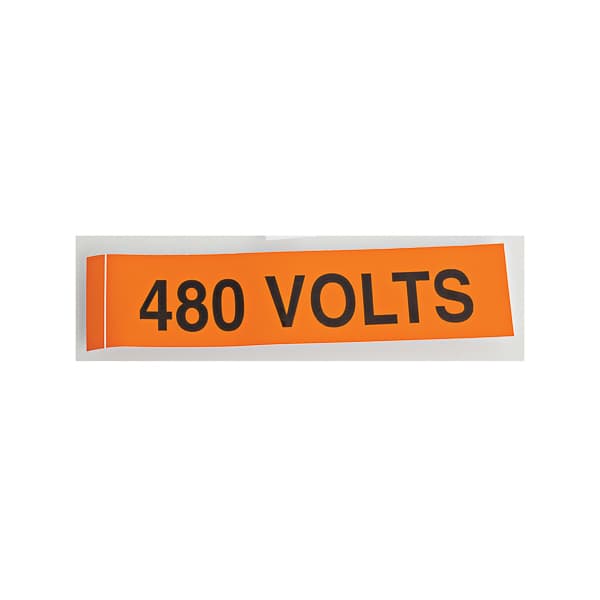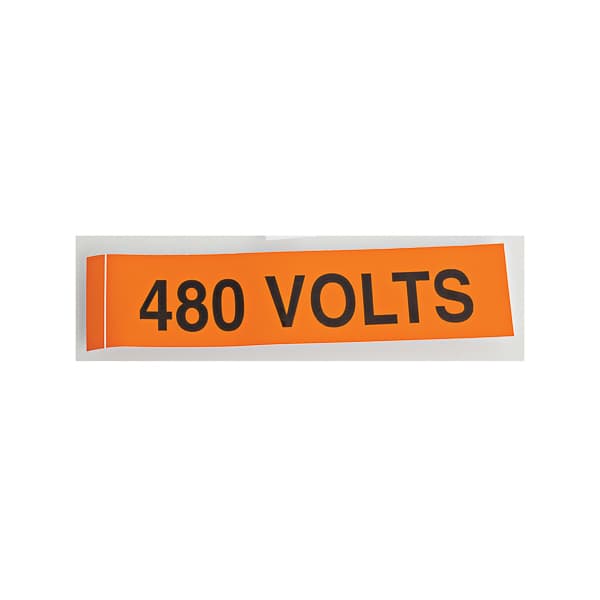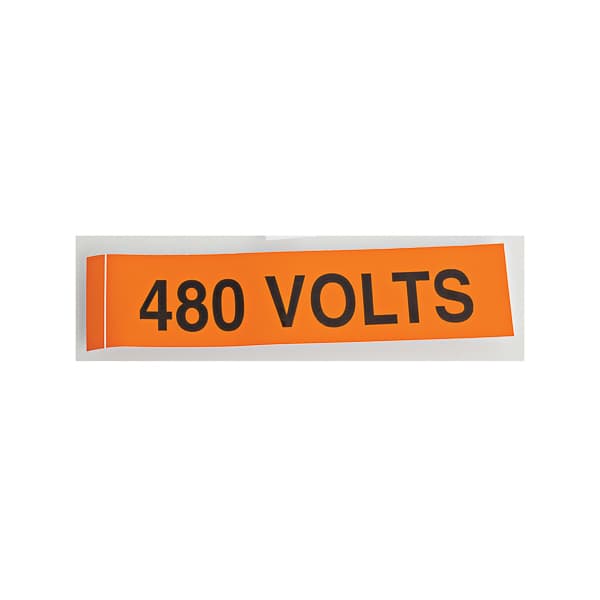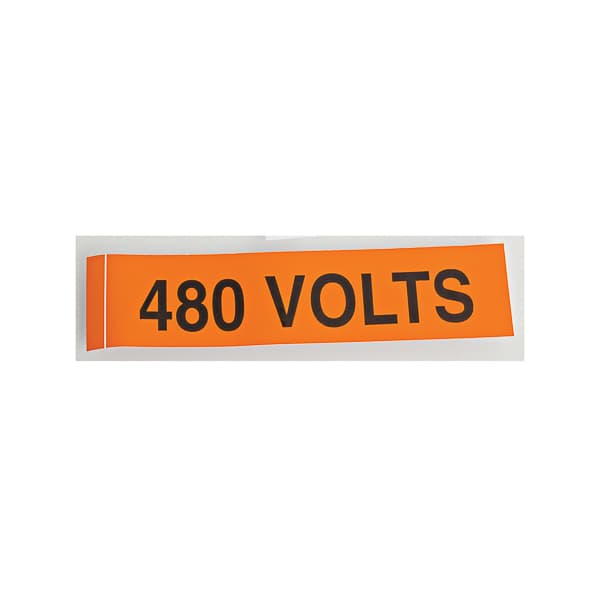Mechanical Components on Advantage Electric Supply
Mechanical Components
General Guide & Overview
Mechanical components are essential building blocks that form the foundation of machines and work-producing devices. They play a crucial role in transforming input force into useful output, facilitating various functions and movements. From gears and bearings to rotaries and fasteners, these components work together to reduce friction, carry loads, and efficiently convert input to output speed ratios.
When it comes to materials, mechanical components are manufactured using a wide range of materials, including steel, plastic, and aluminum. The choice of material depends on the specific function and requirements of the equipment in which they are used.
Now, let's take a closer look at some examples of mechanical components:
Gears: These toothed wheels transmit power and change the rotation speed between two axes.
Bearings: They reduce friction and ensure smooth movement by supporting loads and enabling rotation.
Shafts: These cylindrical rods transmit torque and rotational motion.
Fasteners: Nuts, bolts, and screws hold components together and provide structural stability.
Belts: These flexible loops transmit power and motion between pulleys.
These are just a few examples, and there are countless other mechanical components used in various machines and devices. Understanding the importance and function of these components is crucial for anyone involved in mechanical engineering, machine design, or maintenance.
Types of Mechanical Components
When it comes to mechanical systems, there are two main types of components: general-purpose and special-purpose.
General-Purpose Components
General-purpose components are the basic building blocks in many machines and play a crucial role in various applications. These components, such as fasteners, chains, shafts, bearings, and belts, perform the same function regardless of the specific application. They come in standardized sizes and shapes, making them versatile and widely used in a range of mechanical systems.
Special-Purpose Components
On the other hand, special-purpose components are specifically designed for particular machine applications. These components, like turbine blades and pistons, are custom-made to meet the unique requirements of a specific machine or system. They are integral to the overall design and often tailored to optimize performance and efficiency. For example, ship engines may feature different designs and sizes of turbine blades to accommodate various types of engines.
Understanding the distinction between general-purpose and special-purpose components is essential in mechanical engineering and design. Both types play important roles in the functionality and efficiency of mechanical systems, ensuring they meet specific requirements and perform their intended tasks effectively.
Actuators, Positioning Systems, and Machine Design Principles
Actuators play a vital role in the movement of other devices. When it comes to actuator components, designers frequently opt for electric actuators due to their diagnostic ease, cleanliness, and controllability. These devices offer excellent performance in terms of energy efficiency, acceleration, and speed, making them a preferred choice in many applications. Another type of actuator component is the electromagnet, which utilizes electric current to generate a magnetic field. This technology finds extensive use in electric motors and generators.
Screw jacks, on the other hand, are mechanical actuator components that operate by turning a lead screw to lift heavy weights. They provide the flexibility to be operated electrically, hydraulically, or pneumatically, depending on the specific requirements of the application. Linear actuators are another type of actuator commonly used to convert energy into straight-line movement. Meanwhile, hydraulic cylinders employ pressurized fluid for power transfer, ensuring efficient force generation in various machinery.
When it comes to designing machines, engineers rely on fundamental mechanical design principles to create efficient and reliable systems. One such principle is Occam's Razor, which emphasizes simplicity in design. By eliminating unnecessary complexity, designers can optimize performance and reduce the risk of failure. Symmetry is another crucial factor that engineers consider during the design phase. By ensuring symmetry in the distribution of loads, stress, and forces, they can enhance stability and longevity.
Load paths are also of utmost importance in mechanical design principles. Engineers meticulously analyze the path through which loads are transmitted to distribute them efficiently and minimize the risk of component failure. This approach enhances the overall strength and durability of the machine. By combining these principles and incorporating actuator components judiciously, designers can create robust and high-performing machines tailored to specific applications.
FAQ
Mechanical components are the foundation of machines and work-producing devices. They consist of various machine elements such as gears, bearings, and rotaries, which take input force and change it to perform specific functions, such as reducing friction, carrying loads, and changing input to output speed ratios.
General-purpose components are the basic building blocks of many machines and have standardized sizes and shapes. They perform the same function in different applications. Special-purpose components, on the other hand, are custom-designed for specific machine applications and are integral to the overall design. They are tailored to meet specific requirements, such as in ship engines with different designs and sizes for various types of engines.
Actuators are devices that supply force to move other devices. They are essential components in positioning systems and machines. Electric actuators, for example, are easy to diagnose, cleaner, and offer ease of control. They are selected based on performance metrics like energy efficiency, acceleration, and speed. Other types of actuators include electromagnets, screw jacks, linear actuators, and hydraulic cylinders, each operating through different mechanisms for power transfer and movement.
Design engineers use various mechanical design principles to create efficient and reliable machines. Some fundamental principles include Occam's Razor, which states that the simplest solution is often the best; symmetry, which contributes to balanced forces and aesthetics; and load paths, which ensure efficient force transmission within the machine. These principles play a crucial role in optimizing design and enhancing the performance of mechanical systems.



